Scientists Finally Solve Mystery of the Rare “Switzerland-Sized” Opening in Antarctic Sea Ice
There was a mysterious giant hole in the Antarctic sea ice. For years, scientists have been stupefied by its existence.
For one, the size of it was similar to the area of Switzerland, which is twice as big as Wales. But now the mystery has been solved and answered.
First Discovery in the 1970s
The hole, known as a “polynya,” was first discovered in the ‘70s. Because it formed on the Maud Rise mount in the Weddell Sea, it was known as “the Maud Rise polynya.”
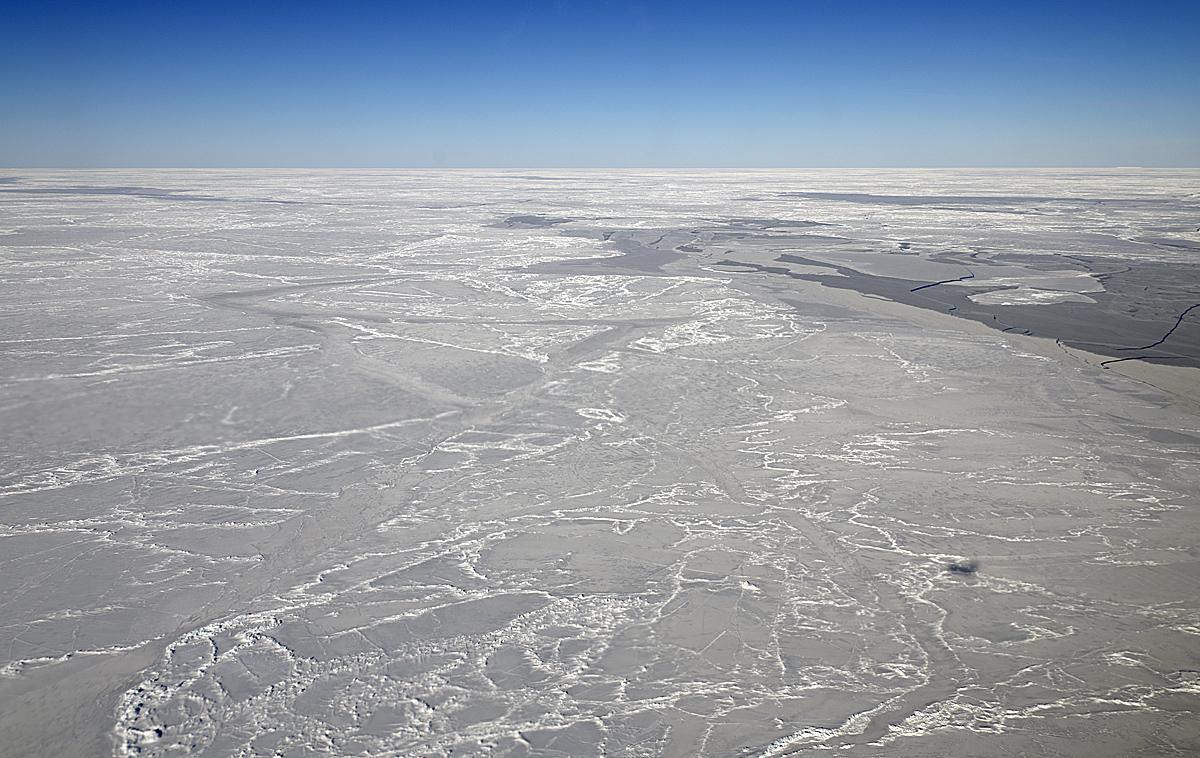
Source: NASA ICE/Wikimedia Commons
By the way, the Maud Rise itself is not actually a real mountain on the ice’s surface. Imagine a mountain-like feature submerged in the sea. Then, the polynya grew over it.
Opened Wide in 2017
The hole has appeared from time to time since its discovery, but only for short periods. It wasn’t until 2017 that the hole opened up wide for several weeks and became larger and larger.
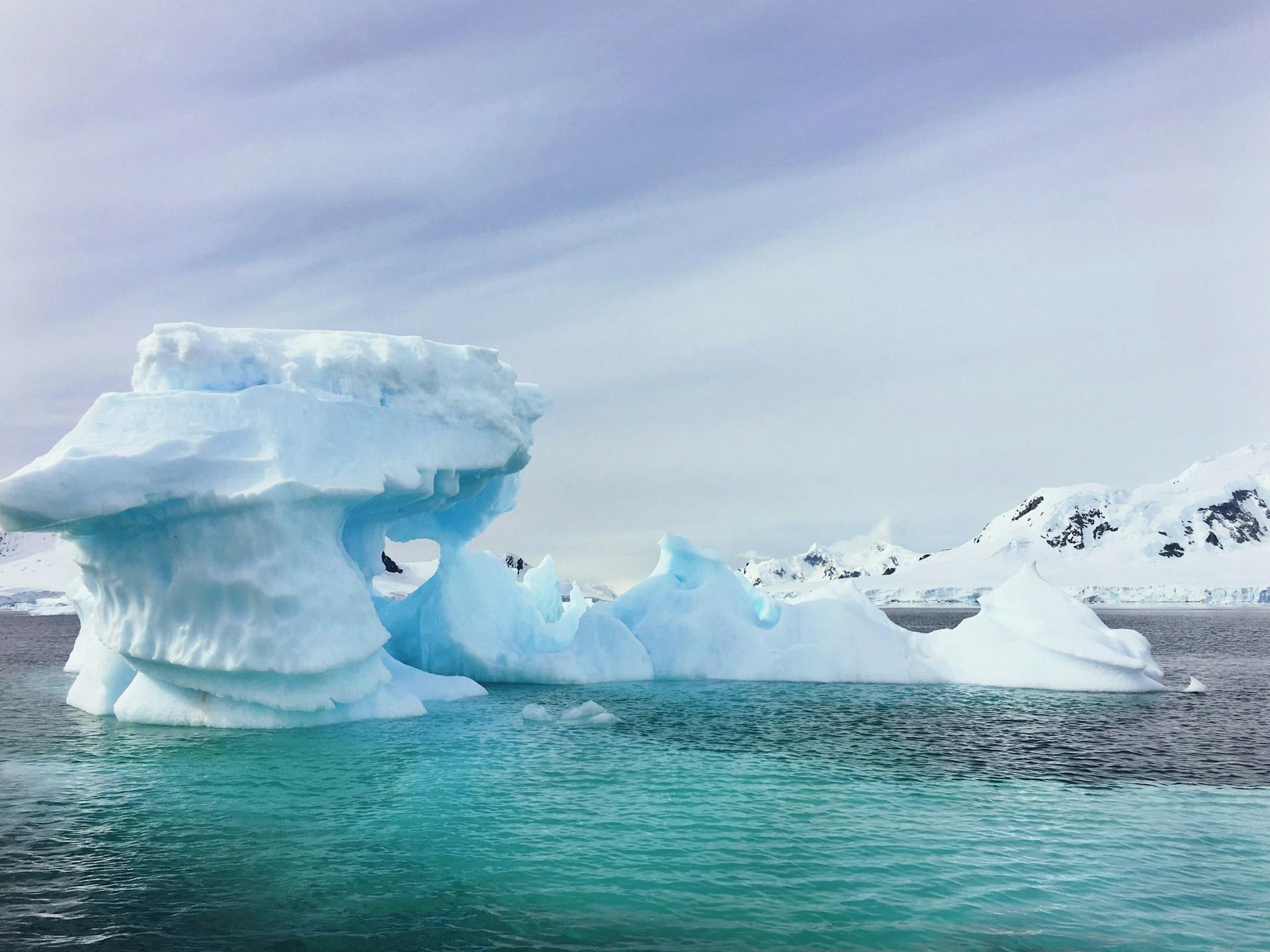
Source: Cassie Matias/Unsplash
At that time, it grew from 9,500 square kilometers in mid-September to about 80,000 by late October. This was previously reported by NASA’s Earth Observatory.
Study Completed in 2024
It took another seven years for scientists to answer the mystery of the polynya. In a study published in Science Advances, researchers from the University of Southampton, the University of Gothenburg, and the University of California San Diego published their findings.
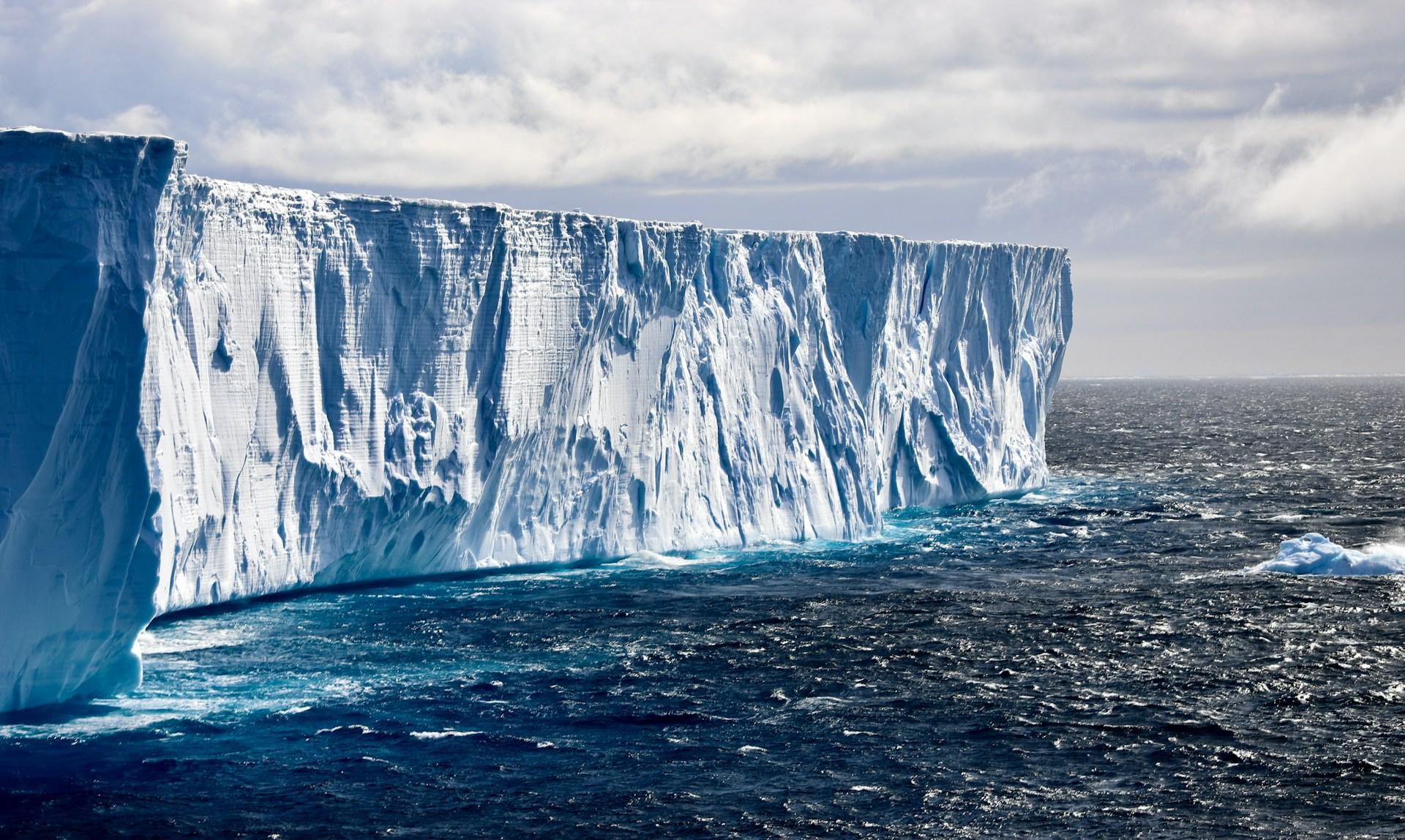
Source: 66 north/Unsplash
The paper focused on a key process that eluded the scientists as to how the polynya was able to form and persisted for weeks. Its title might explain it all: “Ekman-Driven Salt Transport as a Key Mechanism for Open-Ocean Polynya Formation at Maud Rise.”
Complex Geographic Interactions
What they found was that the polynya happened due to the complex interactions between the wind, ocean currents, and the ocean floor’s unique geography. These interactions then transported heat and salt towards the surface.
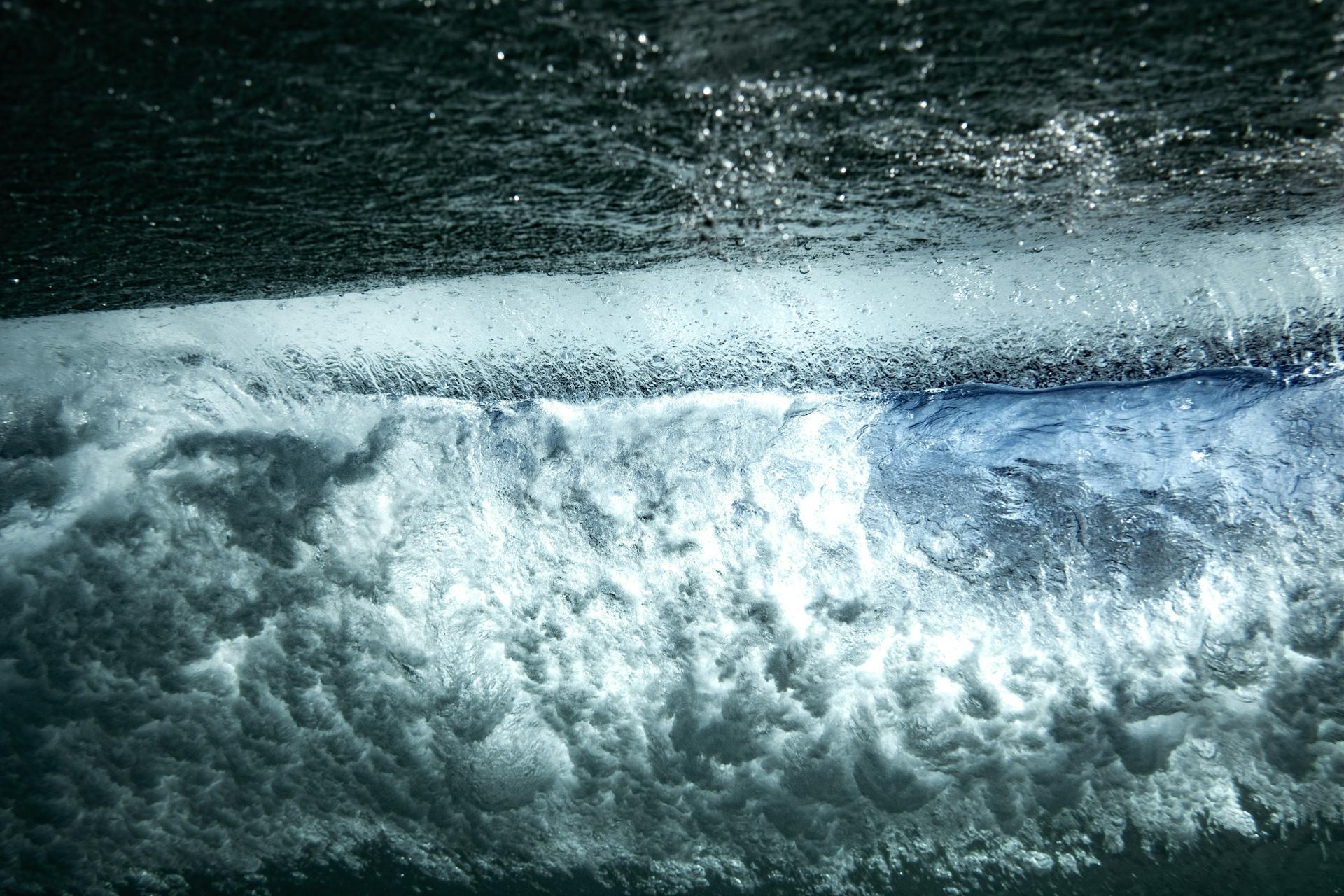
Source: Murilo Fonseca/Pexels
This is a largely seasonal phenomenon, happening every winter in Antarctica. But what happened with the Maud Rise polynya was unique. Aditya Narayanan of the research team and the University of Southampton said, “The polynya has not opened up again since 2017. The last time we had such a long-lived and large polynya was in the 1970s. Open ocean polynyas are quite rare!”
Maud Rise Polynya’s Rarity
Antarctica’s winter usually sees its ocean surface freeze over. Sea ice would cover an area around twice the size of continental United States.
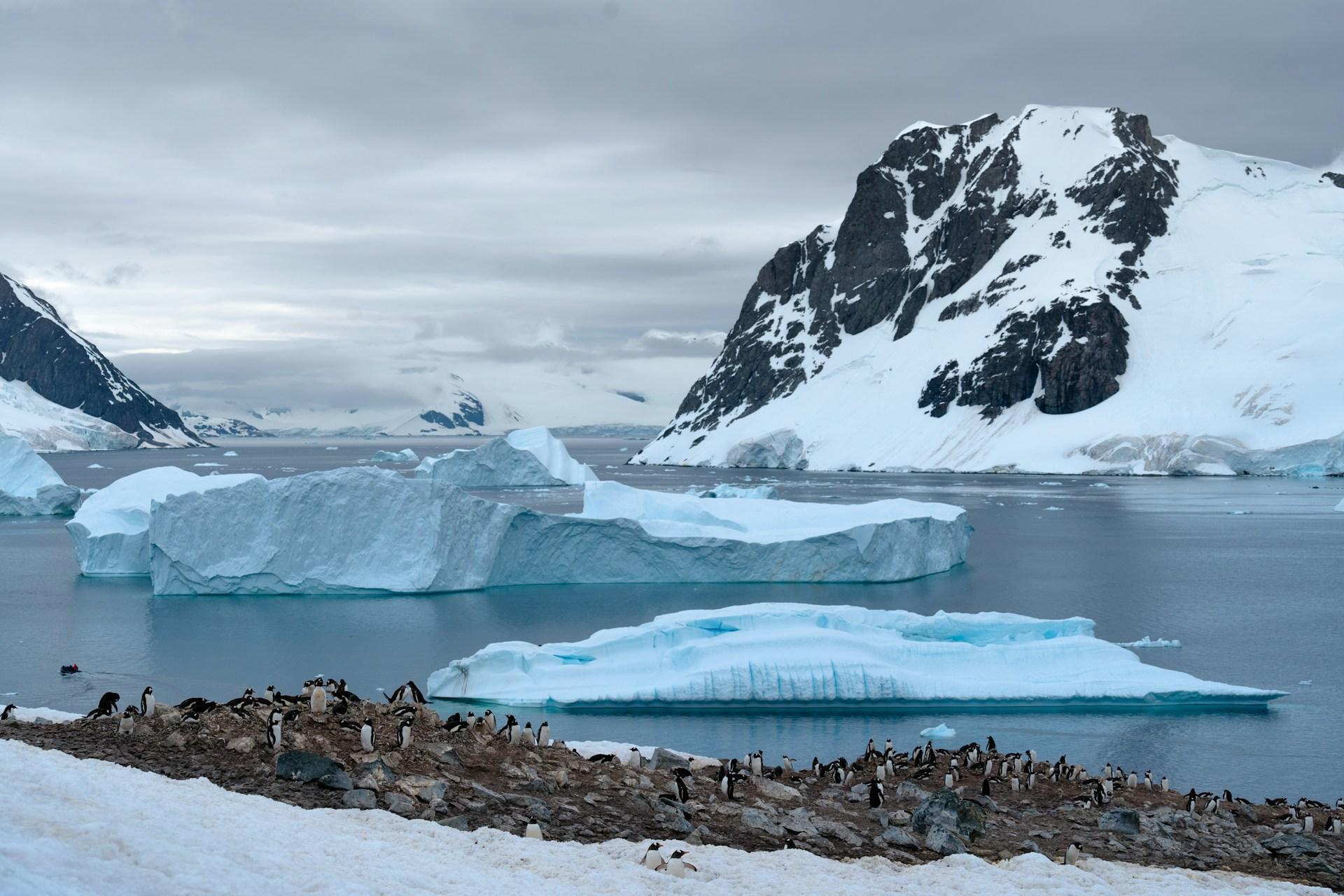
Source: James Eaders/Unsplash
On its coasts, sea ice openings happen every year. Strong coastal winds blow off the continent, pushing the ice away until the seawater is exposed. This is why Maud Rise polynya is rare: because it happened right over the open ocean, instead of at the coastline where seas are thousands of meters deep.
What Happened in 2017
So, what happened in 2017 that enlarged the hole in the middle of the sea? It seemed the large circular ocean current around the Weddell Sea became more powerful.

Source: Mareefe/Pexels
Resulting from this was the rising of a deep layer of warm, salty water. After that, it became easier for salt and heat to mix vertically with the surface water.
Another Process Added
But Fabien Roquet, one of the research’s co-authors and a professor from the University of Gothenburg, doesn’t believe this was the only process contributing to the enlargement.
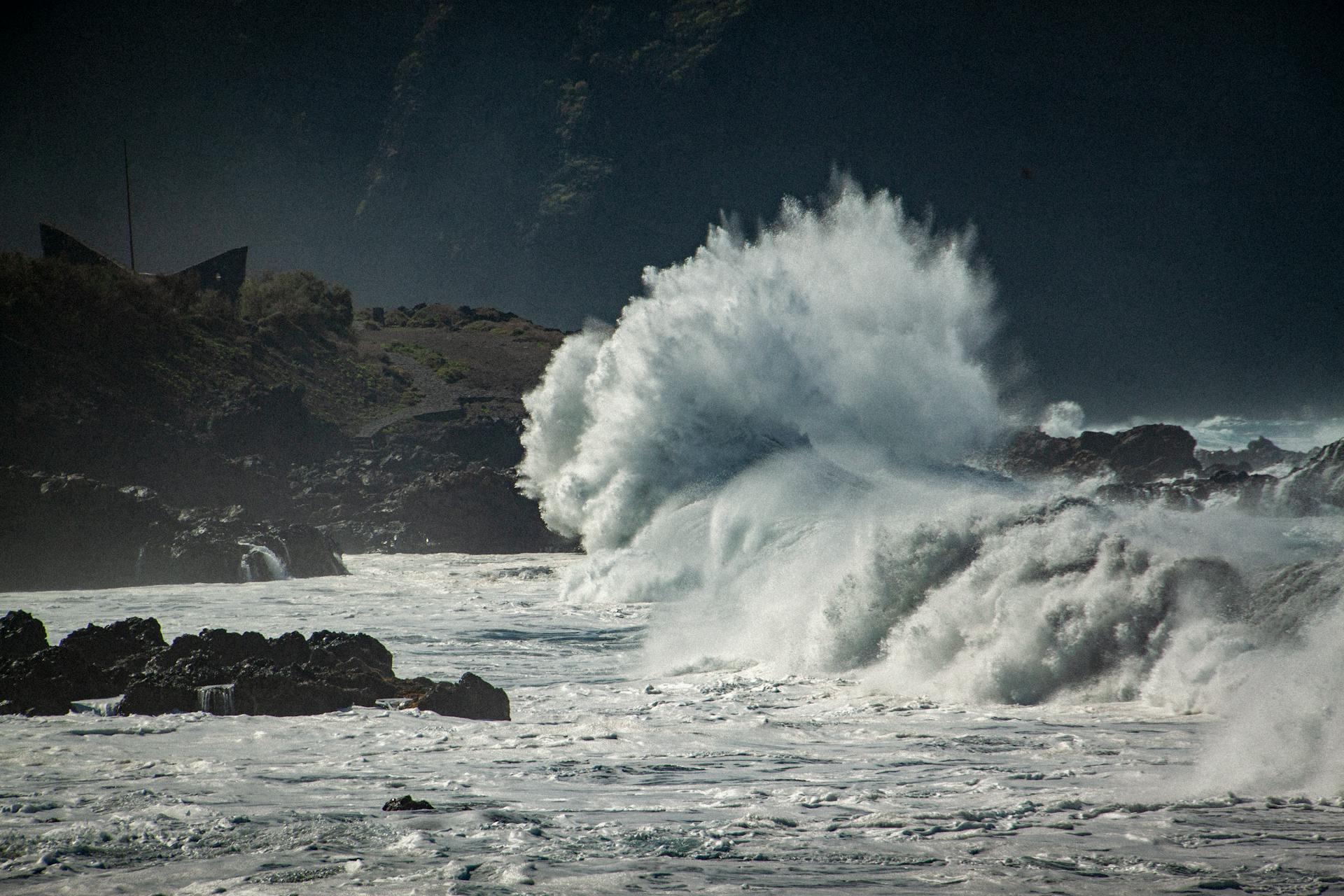
Source: Pawel Kosmala/Pexels
“This upwelling helps to explain how the sea ice might melt,” he said. “But as sea ice melts this leads to a freshening of the surface water, which should in turn put a stop to the mixing. So, another process must be happening for the polynya to persist. There must be an additional input of salt from somewhere.”
The “Ekman Transport”
Thanks to various data—maps, autonomous floats, tagged marine mammals, a computational model of the ocean’s state—the researchers found the Weddell Sea current flowed around Maud Rise. Its turbulent eddies shifted salt onto the top of the sea mount.
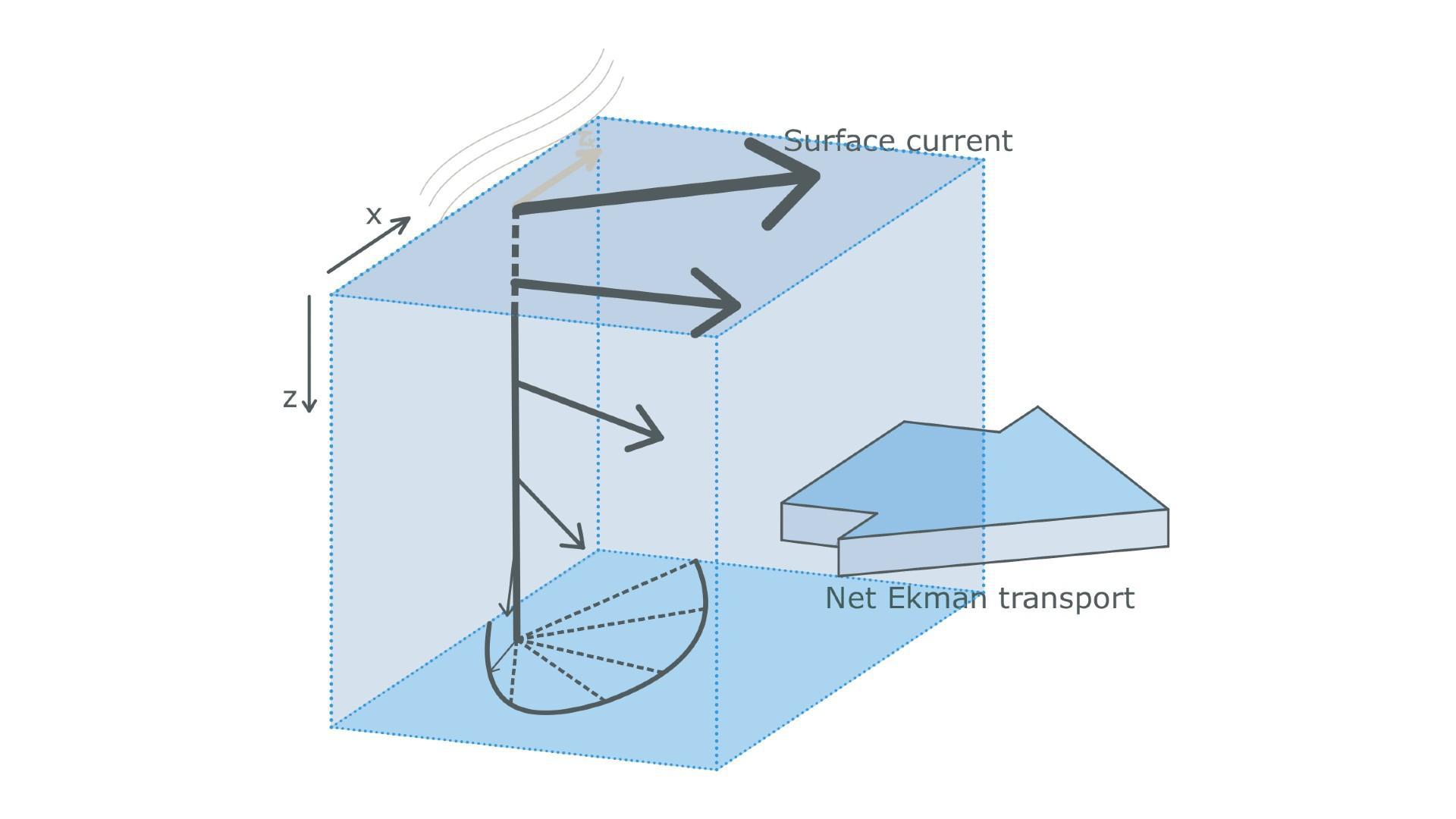
Source: Dutchoceanographer/Wikimedia Commons
Then, the “Ekman transport” process happened. It’s a process that involves water moving at a 90-degree angle to the blowing wind’s direction above, which influences ocean currents. This “transport” moved even more salt onto the Maud Rise’s southern side.
The Missing Piece
“Ekman transport was the essential missing ingredient that was necessary to increase the balance of salt and sustain the mixing of salt and heat towards the surface water,” said co-author Professor Alberto Naveira Garabato from Southampton.

Source: Ann H/Pexels
But it’s a cautionary tale: some parts of the process involved in making the Maud Rise polynya appear, like the rising of deep, salty water, can cause reduction in sea ice in the Southern Ocean.
Sea Ice Reduction
In a warming climate, Narayanan explained, wind blowing from the west in the Southern Ocean will move towards the pole. This will increase “atmospheric freshening of the ocean surface and enhanced stratification”—two things that prevent open ocean polynyas from forming.
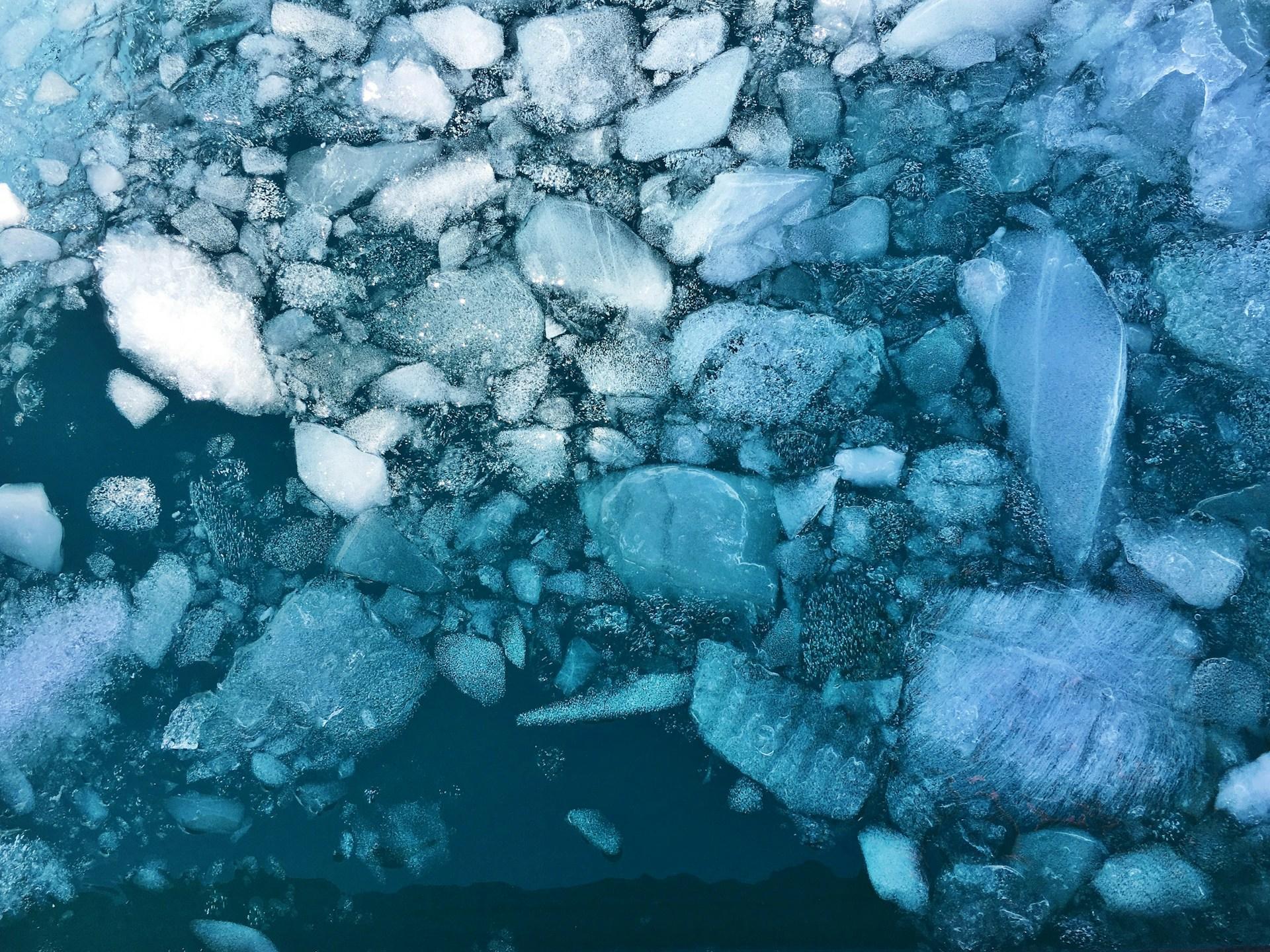
Source: Cassie Matias/Unsplash
But what happens with the “poleward movement of the westerlies” is only going to increase the upsurge of warm, salty waters from the ocean. This eventually weakens stratification and forms holes in the sea ice. And the process also keeps the surface water warm so sea ice can’t form or last.
A Polynya’s Influence
Plus, polynyas have a much broader influence than you think. Professor Sara Gille from UC San Diego, another member of the research team, said a polynya’s imprint can last for “multiple years” after it first formed.
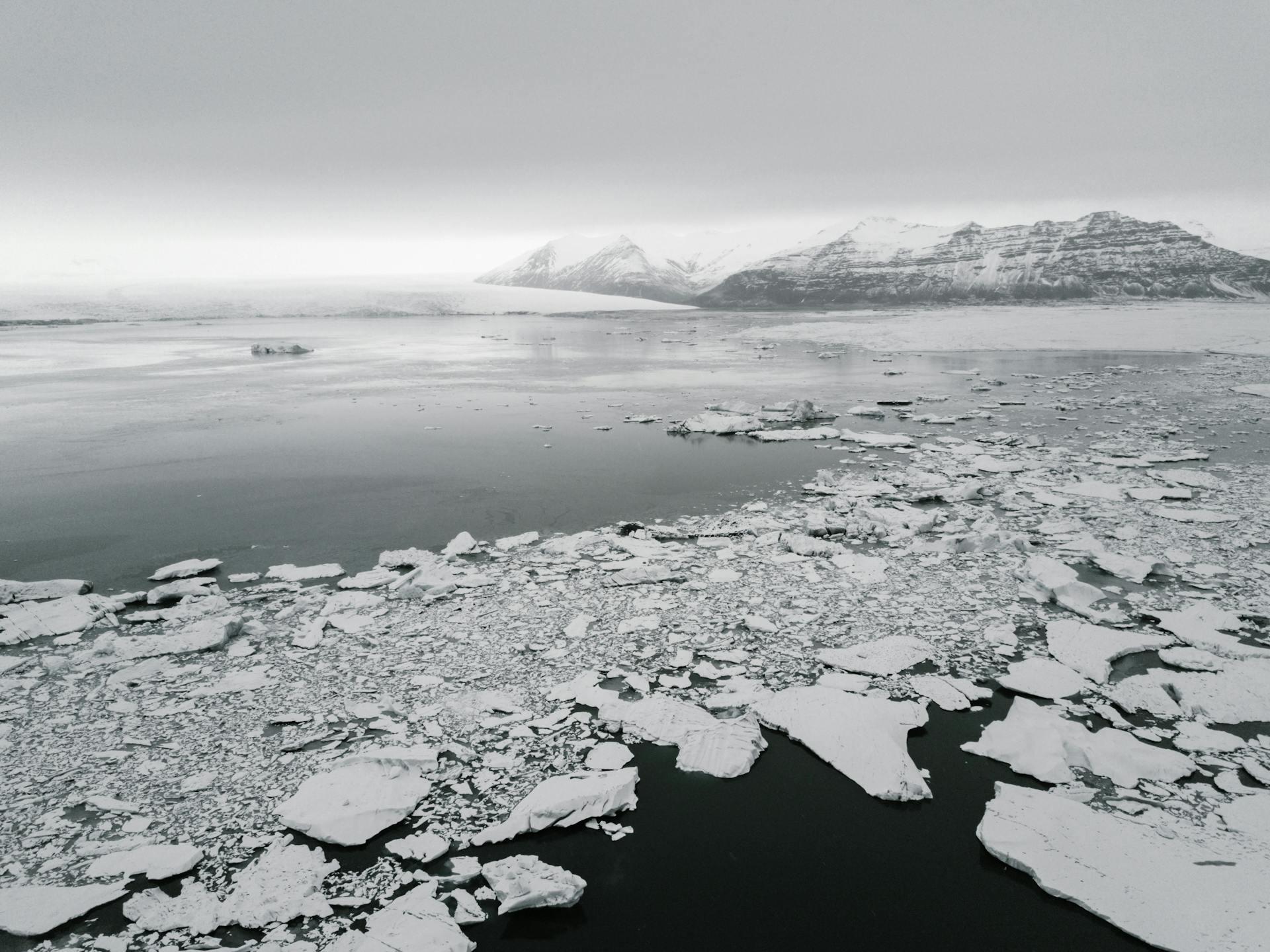
Source: ArtHouse Studio/Pexels
“They can change how water moves around and how currents carry heat towards the continent. The dense waters that form here can spread across the global ocean.” Studying this phenomenon can lead us to a better understanding of how Earth works… and what we can do to protect it.
